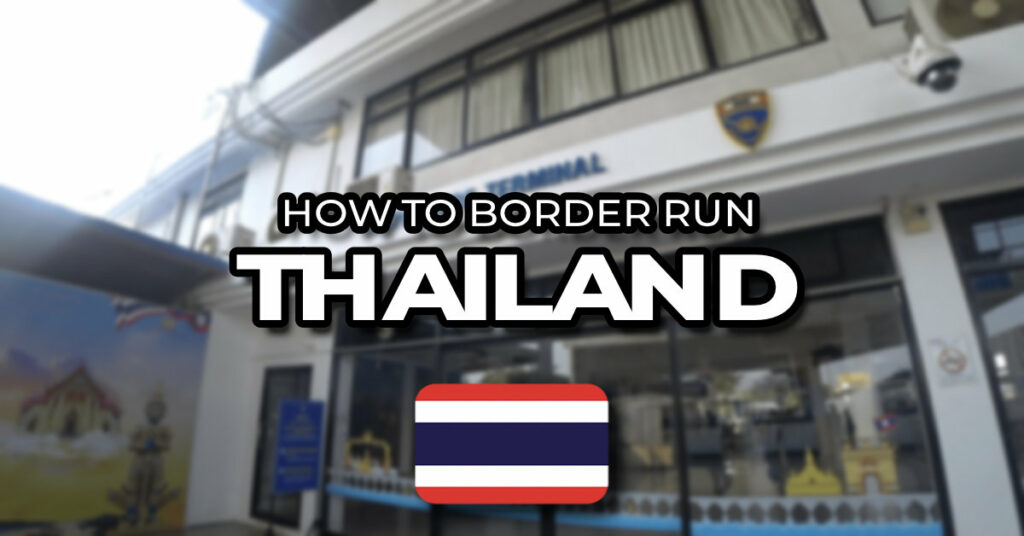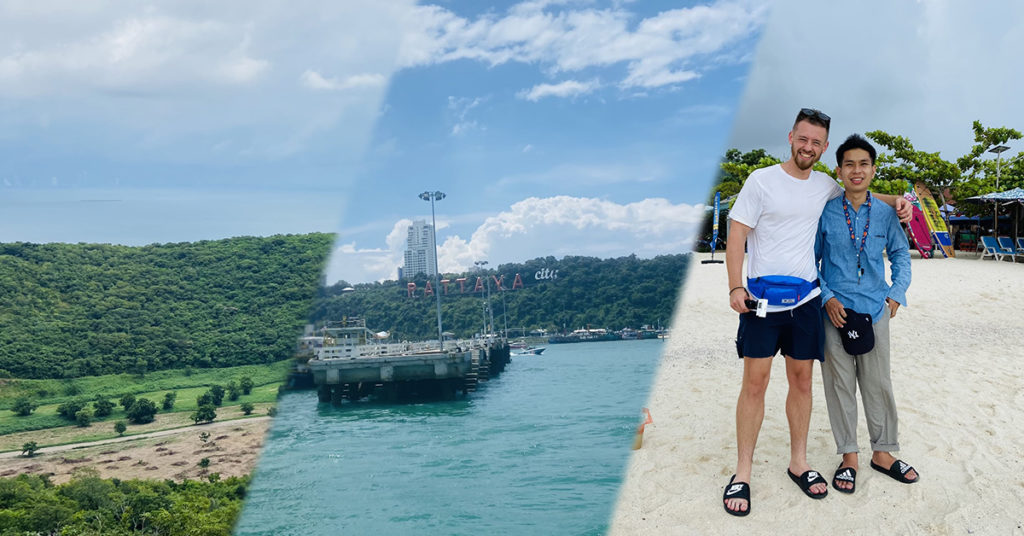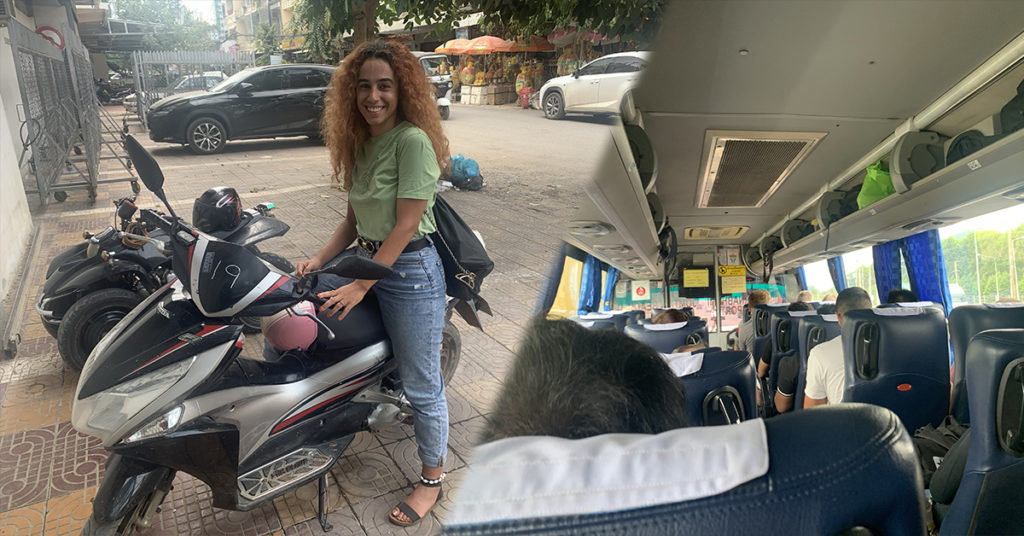So you need to extend your visa, you’ve already made use of the 1-time 30-day visa extension, but you want to stay a little longer in the Kingdom to explore more of the fine food and culture. We’ve been there too… well you’ll be pleased to hear that it’s pretty easy to extend your visa, through the use of the nearby borders of Laos, Vietnam, or Cambodia. But, how do you do it? In this article, you’ll learn just that, from someone who has border run in and out of Thailand over 4 times now (in 3 visits to Thailand).
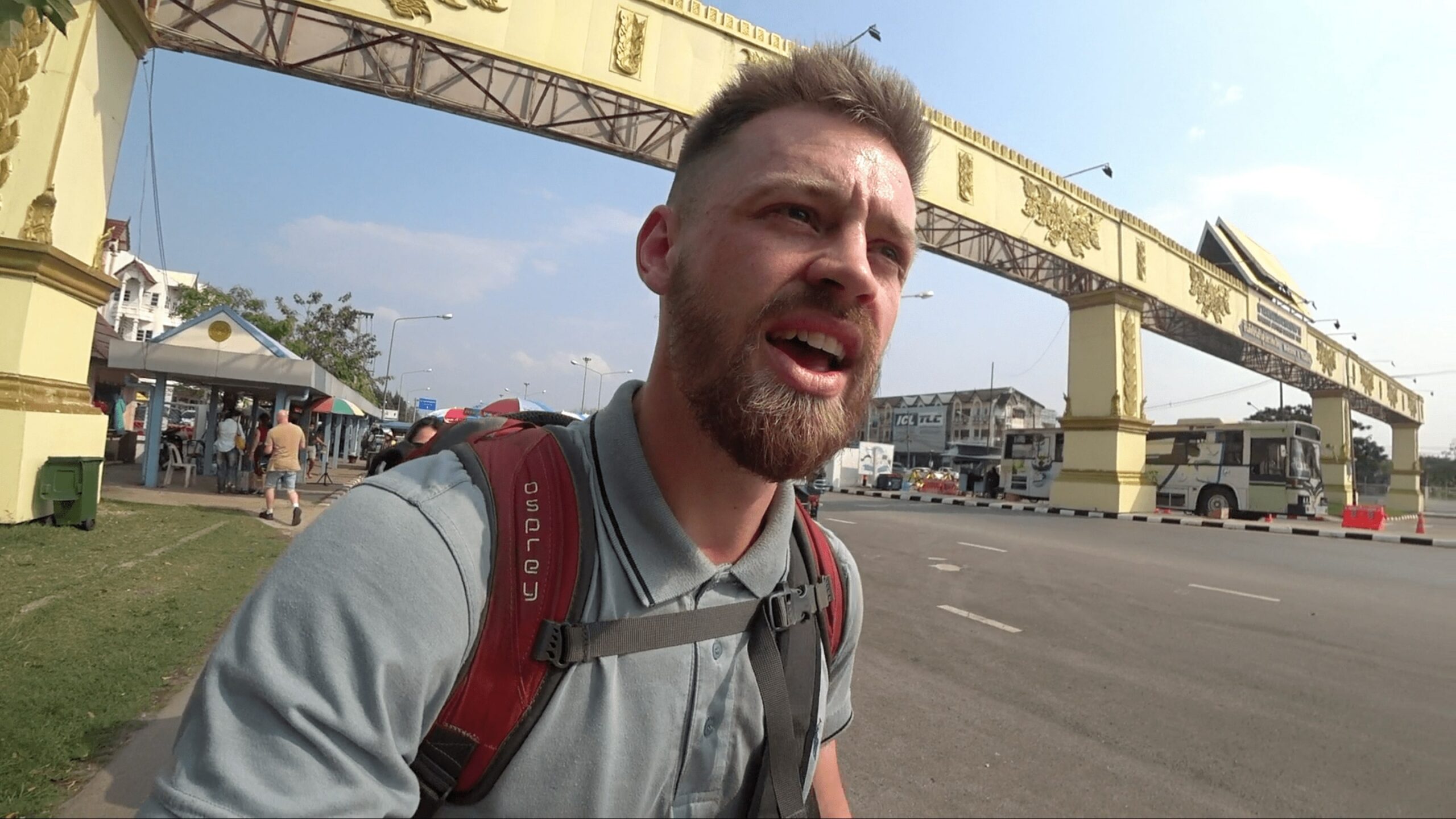
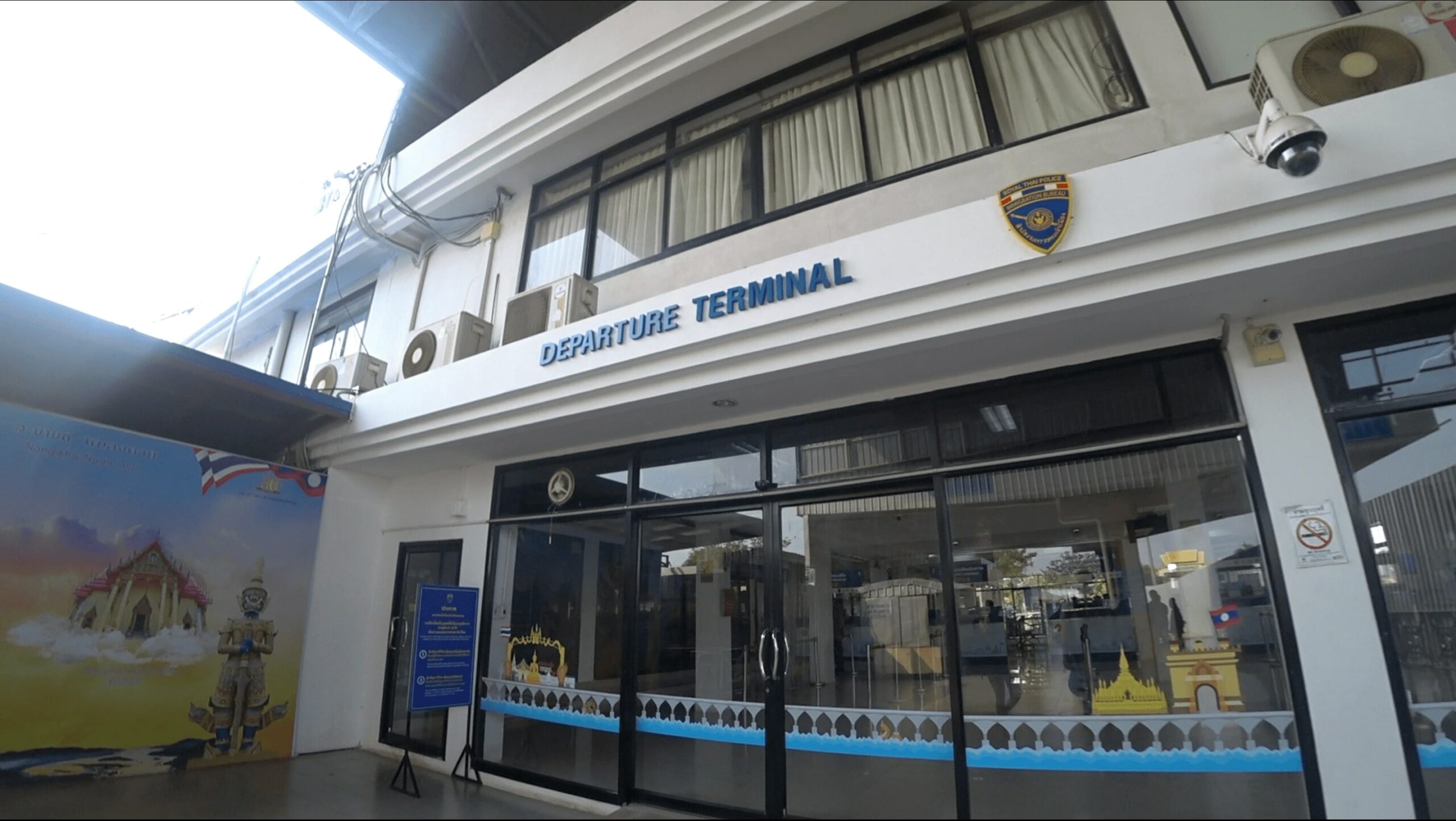
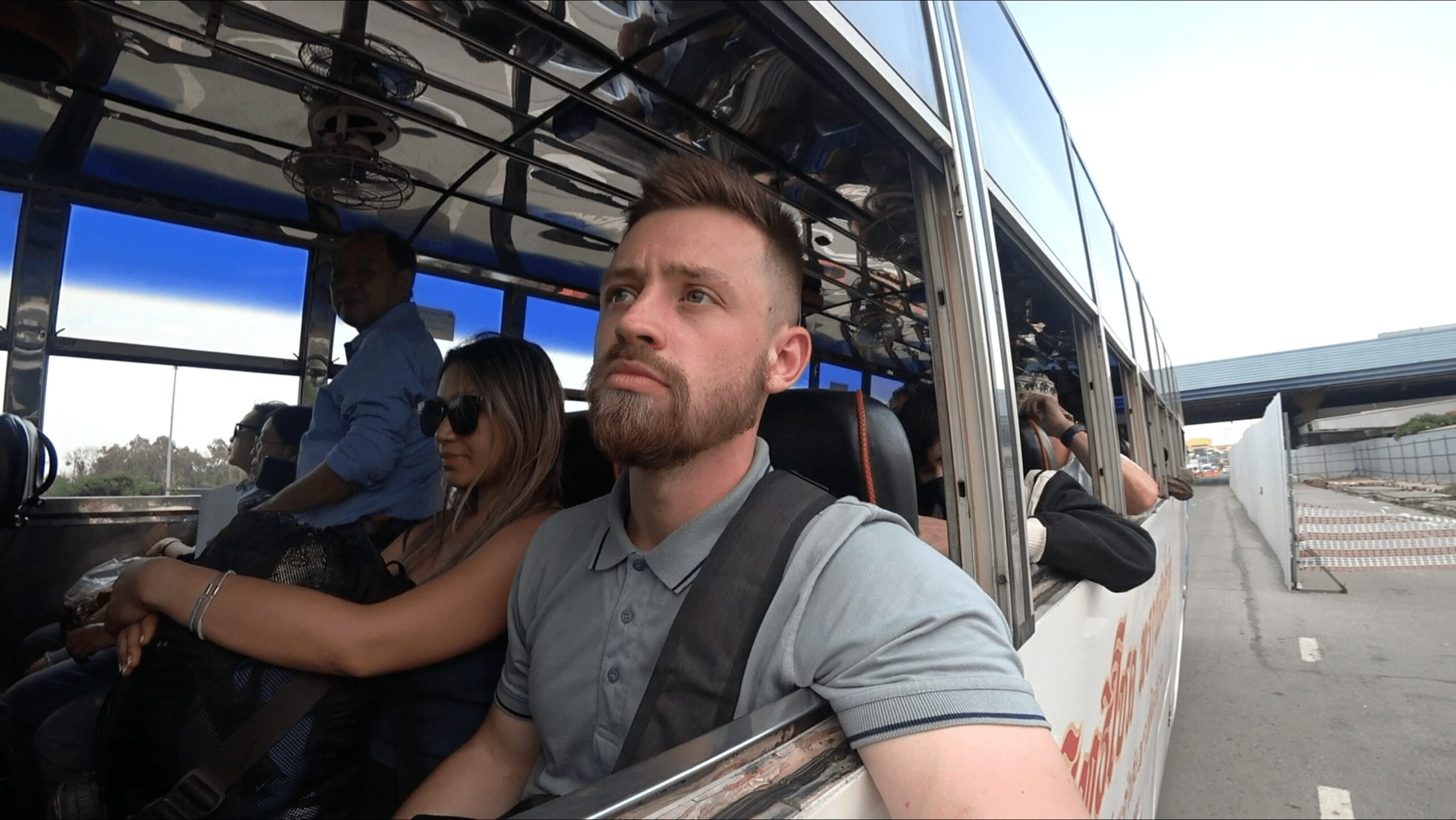
How To Border Run Thailand
You only get 2 land border runs when travelling in Thailand. This has since been reduced recently to combat people abusing the border run for visa extension, rather than going through the proper channels for long-term stay. You can fly in and out of Thailand as many times as you like, extending your visa this way, however, each case is reviewed differently, so if immigration officers think you are flying in and out to live in Thailand, they can and will reject you.
I have personally never had any issues during my border runs and been let back into Thailand pretty smoothly every time, but I have only used the border run method once during each stay here. Most people report issues at Bangkok airport, and say that recently particularly the airport has become tighter with these rules.
By border running across land, you can get a total of 180 days stay in the Kingdom if you use your 2 border runs and extend your visa at immigration after each border run.
To border run in Thailand do this:
- Get passport photos before you travel (you’ll need them)
- Go to any Thai/Lao friendship border or Thai/Cambodian border
- Stamp out at Thai immigration control
- Get the bus across the bridge for 30 baht, or walk to the other countries immigration
- Ignore anyone trying to “help” you
- Fill out forms, and give to officials alongside a passport-sized photo
- Wait, then pay 30-40 USD for Visa (depending on the country, check visa exempt list: Cambodia, or Laos)
- From here you can get a bus to another town, or you can go straight back to Thailand
- It’s usually better to stay a few days – a week in the country you border run to
Most Convenient Countries To Border Run To
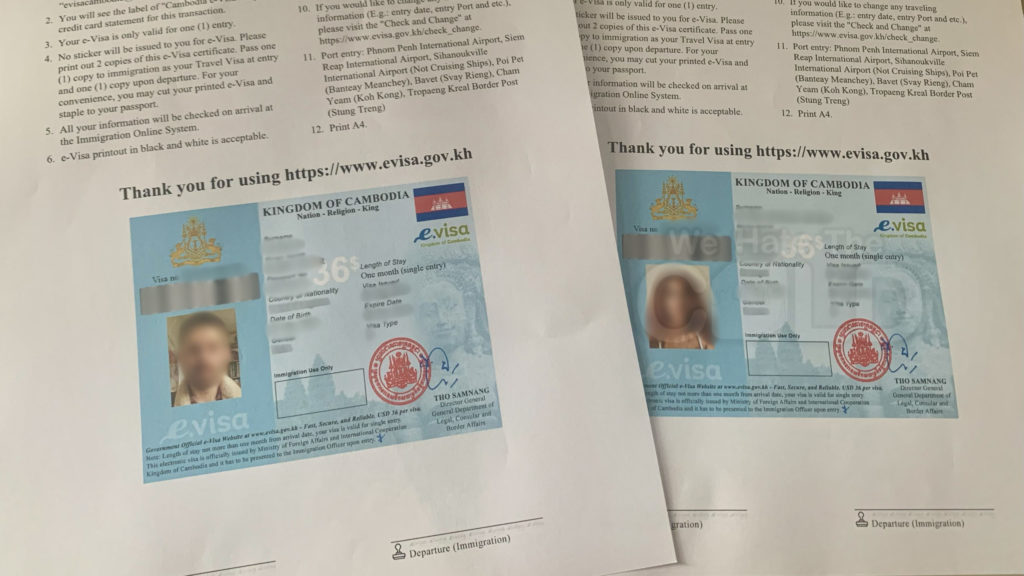
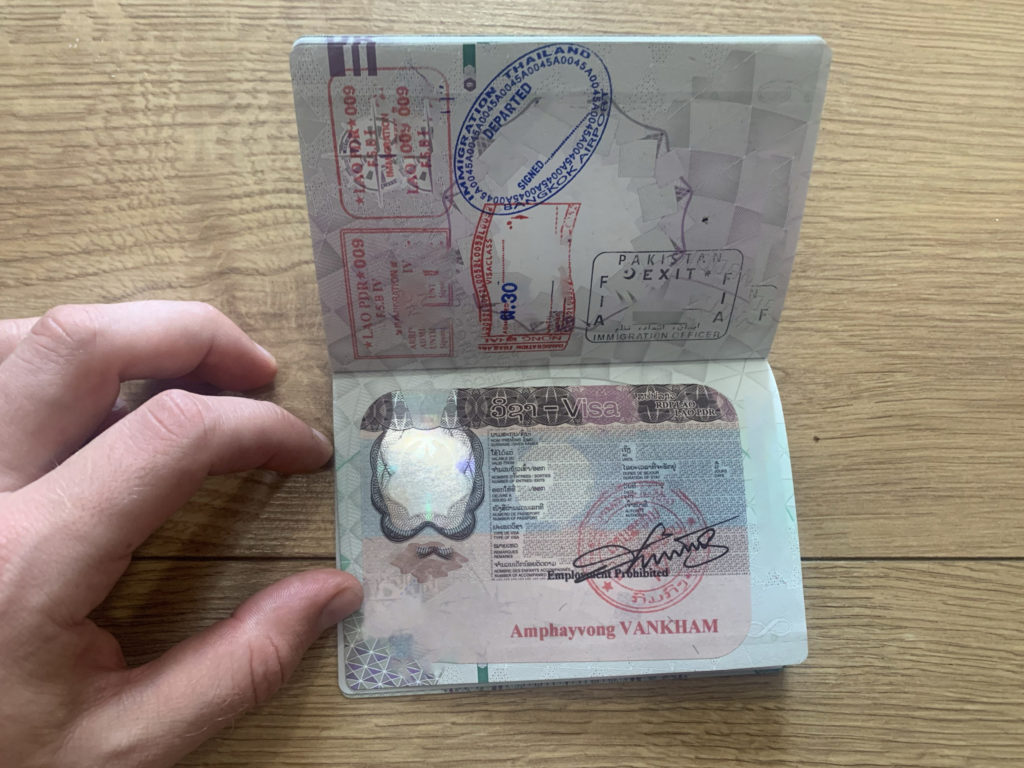
If you’re taking cost into account, most countries neighbouring Thailand charge around the same price for Visas. Laos & Cambodia both charge around $30 USD for their tourist visas. So, when based on cost alone, neither seems more effective, until you add travel, accomodation etc. into the equation. Doing this makes Laos the slightly more cost-effective option as hotels, food, transport etc. are cheaper than Cambodia, but if you add time of travel to the equation it entirely depends on where you are currently staying in Thailand.
Generally speaking, Laos is the most cost-effective and time-effective country to use for border runs in Thailand, as the Lao/Thai border is far bigger than the Cambodian border, and transport routes are better connected to Laos. Also, if you’re in love with Thai culture, Lao and Thai food, traditions, even language are very similar to one and other (I can speak Thai and Lao can understand me and converse with me).
Cambodia is a different culture entirely, so if you’re making a stay out of it, and you want a different experience, Cambodia is likely more of an attractive destination for you.
If you are in Bangkok, North, North East or West of Thailand, Laos will be the most time-effective and cost-effective border run from Thailand.
The most time and cost-effective route is to Ban Khlong Luek, in Sa Kaeo:
- Go to Ban Khlong Luek by train (5 hours) – 3rd class only, tickets bought 1hr in advance for 49 baht ($1-2USD)
- Follow signs to immigration (2F), stamp out at Thai immigration
- Go to Cambodian immigration. Ignore anyone who wants to “help” you, follow clear signs.
- Fill in forms the other side for Visa & pay – $30 USD for 30 days in Cambodia (you need passport photos)
- Get a bus the other side to another town (commonly Battambang, most go on the Battambang – Phnom Penh train)
- You can go straight back across if you wish – most countries do not pay to re-enter Thailand, but check who is exempt first
Unfortunately due to the current situation, Myanmar is no longer an option for border runs. We will update this article, when the situation changes.
Border Run Locations in Thailand
For all border runs it’s advisable to book when you get to your destination, unless it’s a really popular destination like Chiang Mai, Bangkok etc. most bus stations offer far lower priced tickets than you’ll find anywhere on 12GoAsia or some other booking platform. For instance, my ticket from Udon Thani to Loei cost 150 baht, but was advertised as 300 baht on 12GoAsia
Myanmar
We don’t recommend going to Myanmar due to the ongoing civil war, and most land border crossings have since been closed.
There are 2 locations you can use for border-running purposes when crossing into Myanmar from Thailand & back:
- Tachileik, Mae Sai District – from Chiang Mai, 4hr bus ride, cost 400-500 baht
- Tha Sai Luat, Mae Sot District – from Phitsanulok, 3hr bus, cost 150 baht
- Ban Phu Nam Ron, Kanchanaburi – from Bangkok, 3hr train Kanchanburi, then bus 1-2hr, cost 300 baht
Laos
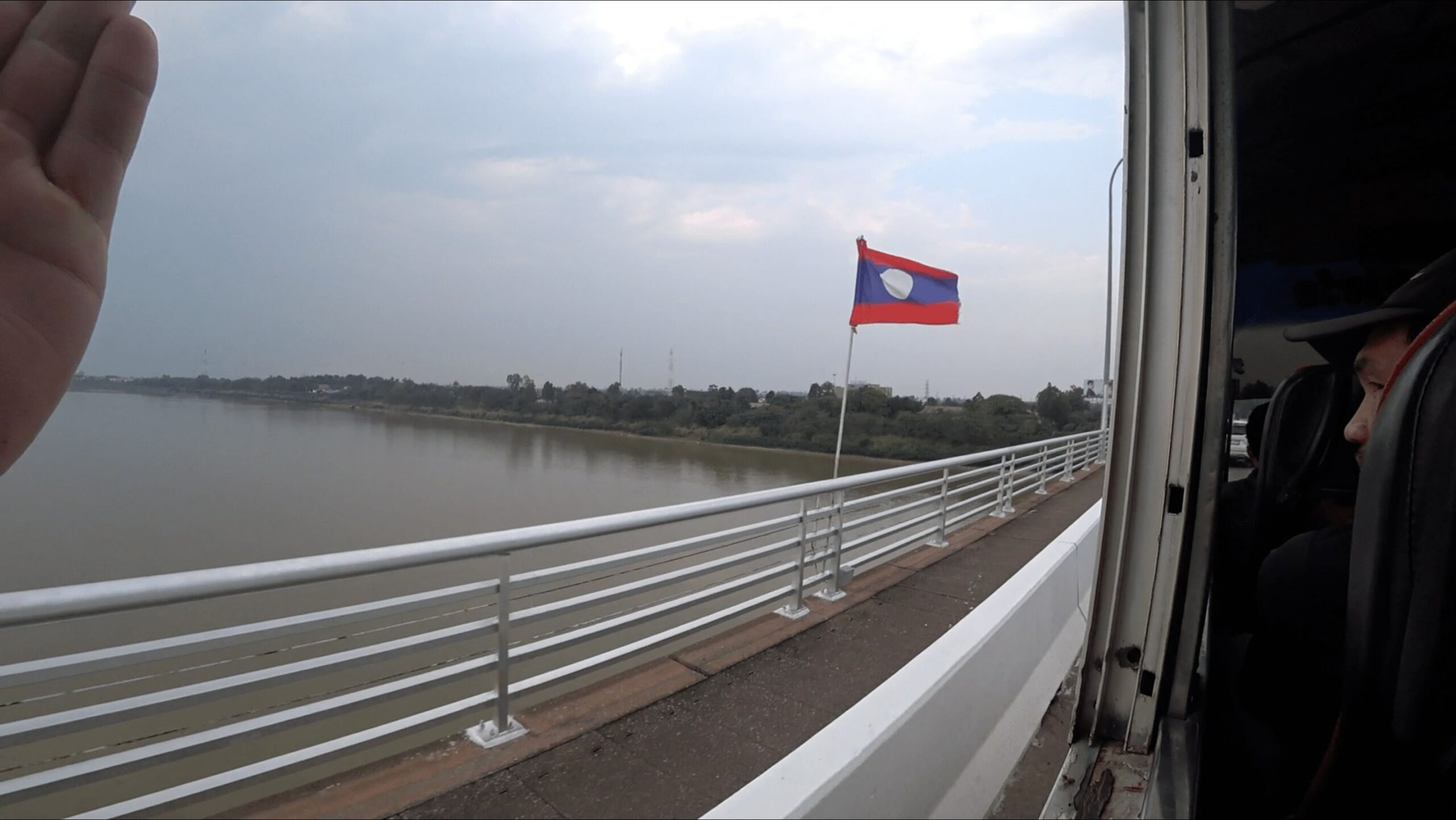
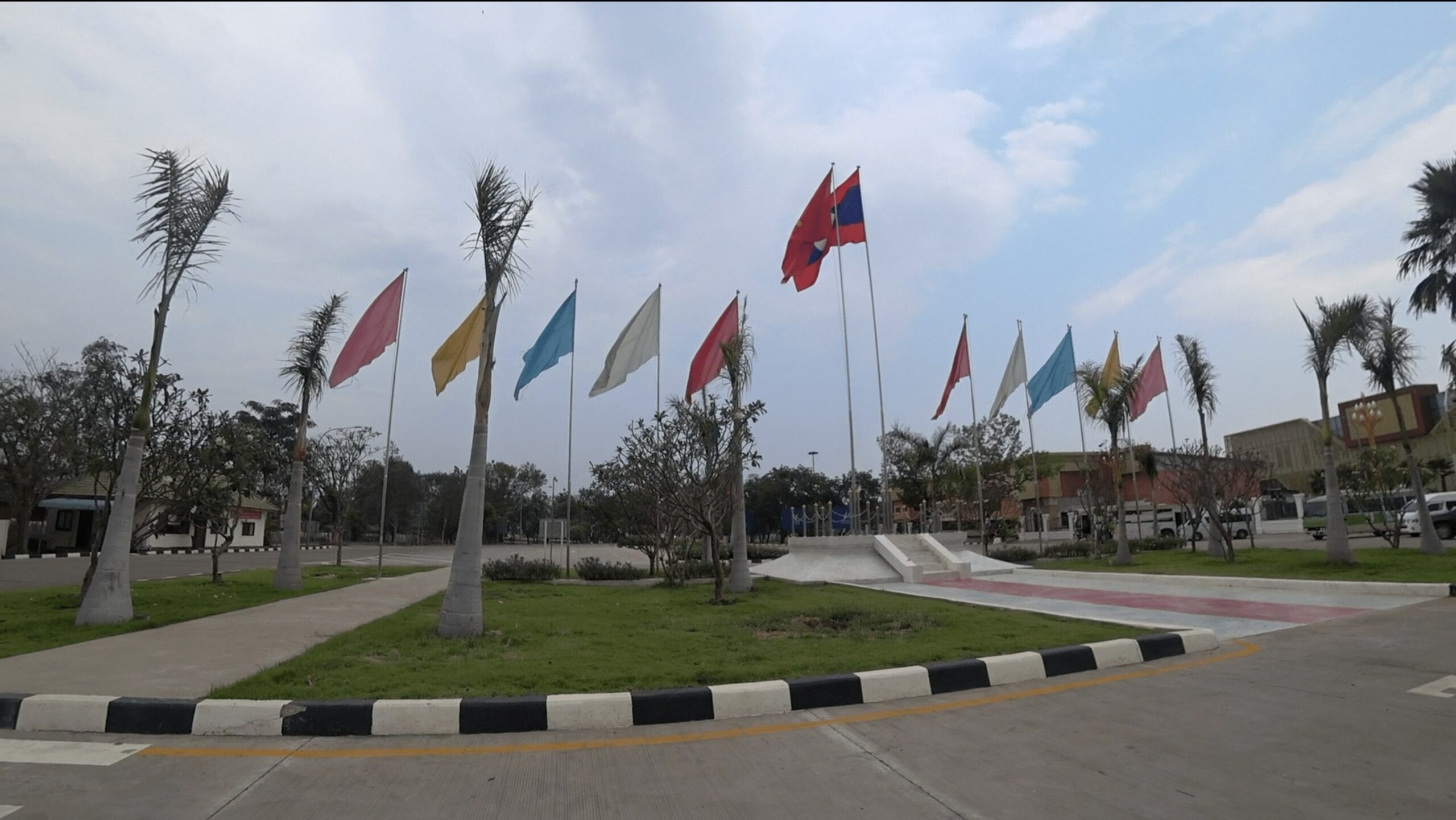
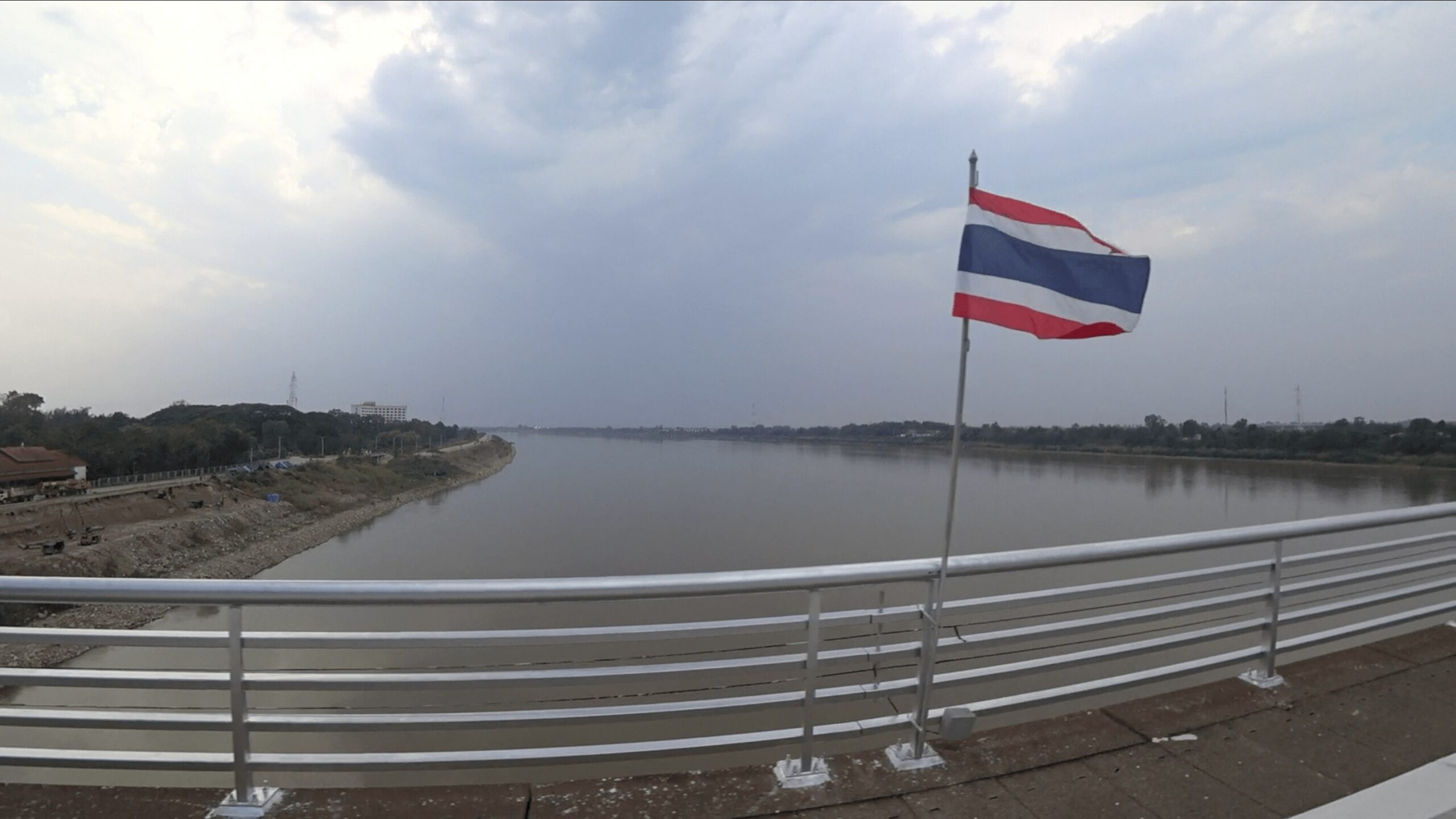
Laos is the most convenient country to cross into and back. There are 5 friendship bridges as of writing this (one being built), and 8 locations used for crossing, so it’s the most well-connected country to Thailand. Additionally, they have a very similar culture, language, and food to Thailand. So, if you like Thailand a lot, and want something slightly different but similar enough, head to Laos for your border run. It’s also the cheapest option for hotels, food etc. when you get the other side, out of all the countries listed.
There are 7 active locations you can use for border-running purposes when crossing into Laos from Thailand & back:
- Lao Friendship Bridge 1, Nong Khai – from Bangkok, 8hr train, cost 300฿ non-AC, 500฿ AC, 800฿+ sleeper
- You can get a train back from Laos straight to Bangkok, Khon Kaen etc. but not from Thailand to Laos (not sure why, just the way it is)
- Vang Tao Border, Ubon Ratchathani – from Bangkok, 9hr train, then bus to border, same price as Nong Khai
- Lao Friendship Bridge 2, Mukdahan – from Khon Kaen (better to go Nong Khai), bus 4hr, 150-300฿
- Lao Friendship Bridge 3, Nakon Phanom – from Sakhon Nakon, bus 1hr, cost 50-100฿
- Lao Friendship Bridge 4, Chiang Khong – from Chiang Mai, bus 4hr, cost 400-500฿
- Kaen Thao Border, Loei – from Loei, car 1hr, no bus, no public transport
- Huai Kon Border, Nan – from Nan, bus to taxi, 3-4hr, not worth it unless you’re close to the region
Cambodia
There are 8 locations you can cross into Cambodia, but the most popular one is located in Ban Klong Luk, as there is a direct train from Bangkok that is frequent, fast and cheap. The other 7 are more difficult to get to unless you’re staying in provinces nearby, and there are better, faster options for most tourists. One other that is useful for tourists is (if you’re in Pattaya), Ban Pakkad.
- Ban Khlong Luk, Sa Kaeo – from Bangkok, 5hr train, cost 49฿
- Ban Pakkad, Chanthaburi – from Pattaya, minivan, cost 200-300฿
Malaysia
There are many border crossings to Malaysia in the Deep South of Thailand. However, we’d advise against using these as these 3 provinces are marked as all but essential travel zones. If you want to use this crossing, the best to use is the Betong border checkpoint (check out our Betong Travel guide while you’re there).
Deep South Thailand has problems with terrorism, but the likelihood of a foreigner getting caught in this is very low. It is still dangerous and we’d advise caution when visiting, but have personally visited the 3 regions ourselves and had no issues. It’s a very interesting historical place to visit, so if you want to visit, go for it – just be weary.
I Want To Stay Longer in Thailand – How Can I?
Education Visa (ED Visa)
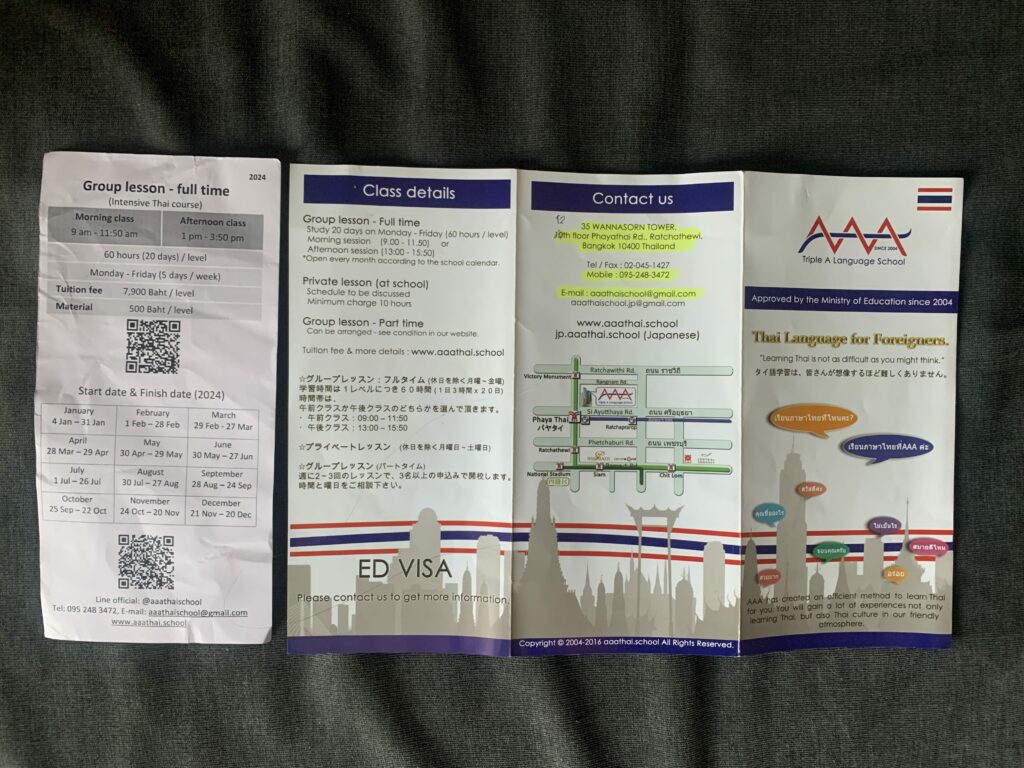
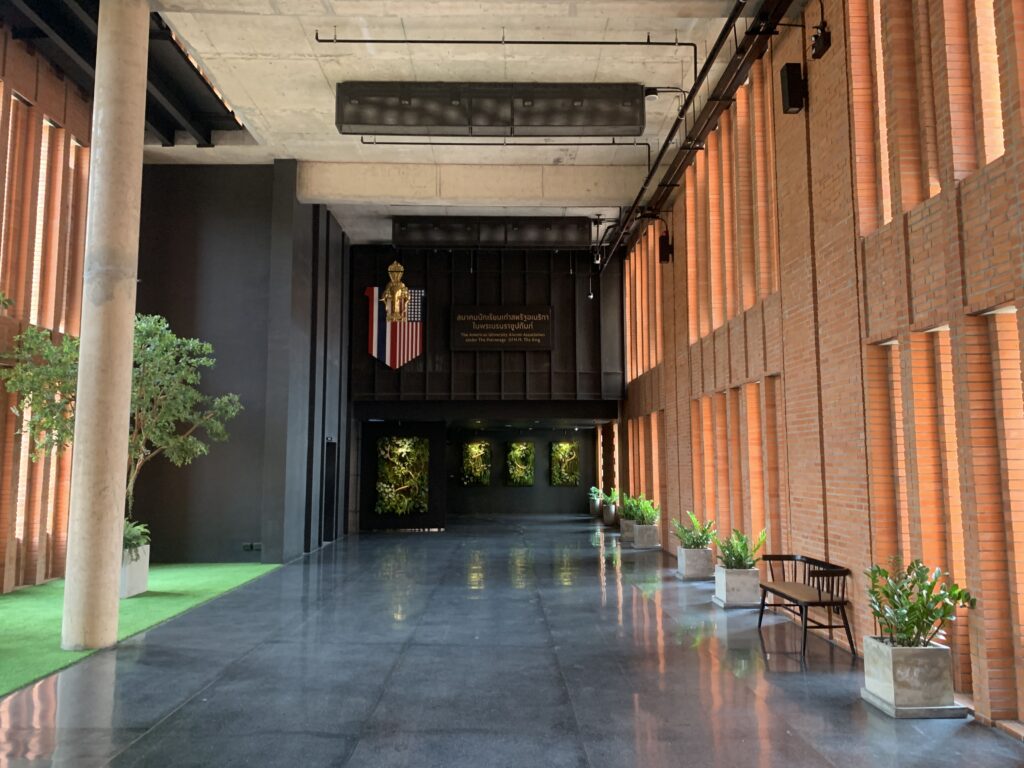
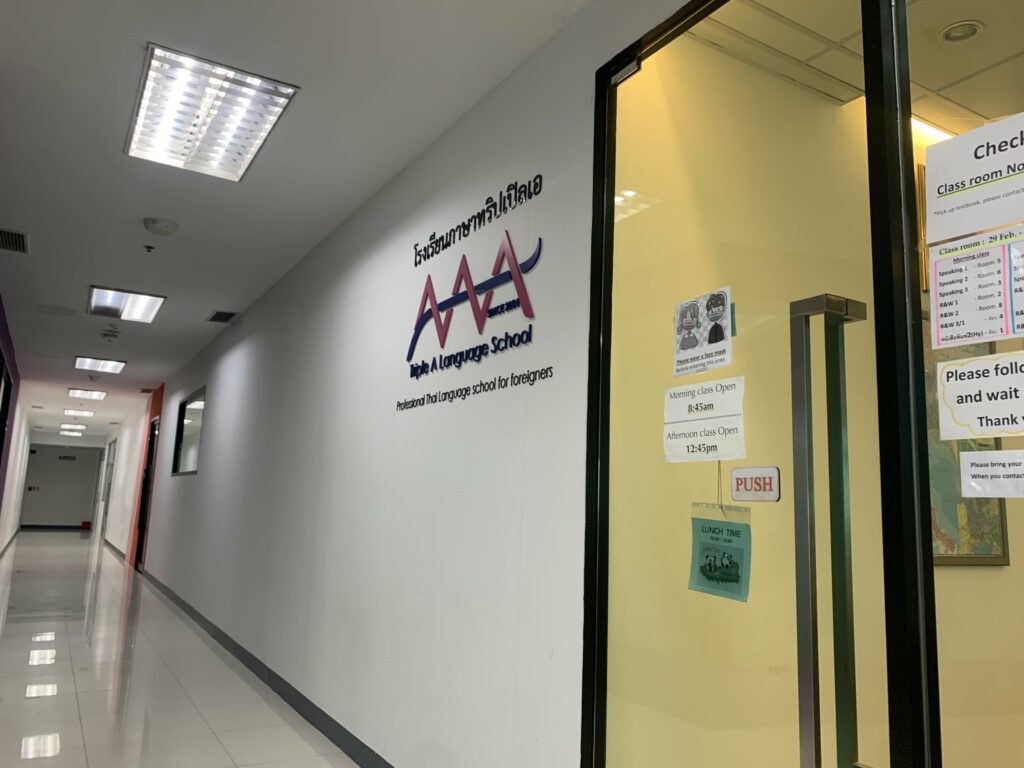
The most common way and cheapest way to stay longer in Thailand is through the education visa. By studying a language or going to a Muay Thai school for 2-3 months, you can obtain a 6-12 month, multiple entry Visa. For this, you have to have signed up for a course, paid and get your documents sent off to the ministry of education. After this, wait for approval, and you’ll be able to pay 1900 baht for your education visa at immigration.
For the education visa, you need to report to immigration every 90-days to extend it for a further 1900 baht. They will re-consider your application every time you back to immigration.
I am personally going through the education visa process now, and will post an article on the step, by step process I have followed to obtain it, after I have it.
Elite Visa
With the Elite visa you can stay up to 5-years, but it’s pretty costly. It’s the easiest way to grant multiple-entry access to the Kingdom, but it will set you back $25,000 USD. You can learn more about this in our article about digital nomad visas for Thailand.
LTR Visa (Long Term Residence)
The Long Term Residence visa is Thailand’s answer to the digital nomad visa. It offers 5 year residency, with the option to expand it to 10 years. To qualify for the Long Term Residence Visa, it’s pretty difficult. You will need to prove $80,000 USD/year income for the last 2 years. But that’s not all, you also need to work in a particular industry to qualify for the visa.
For more information about the LTR visa, please read our in-depth article on how to apply, and what the requirements are for the visa.
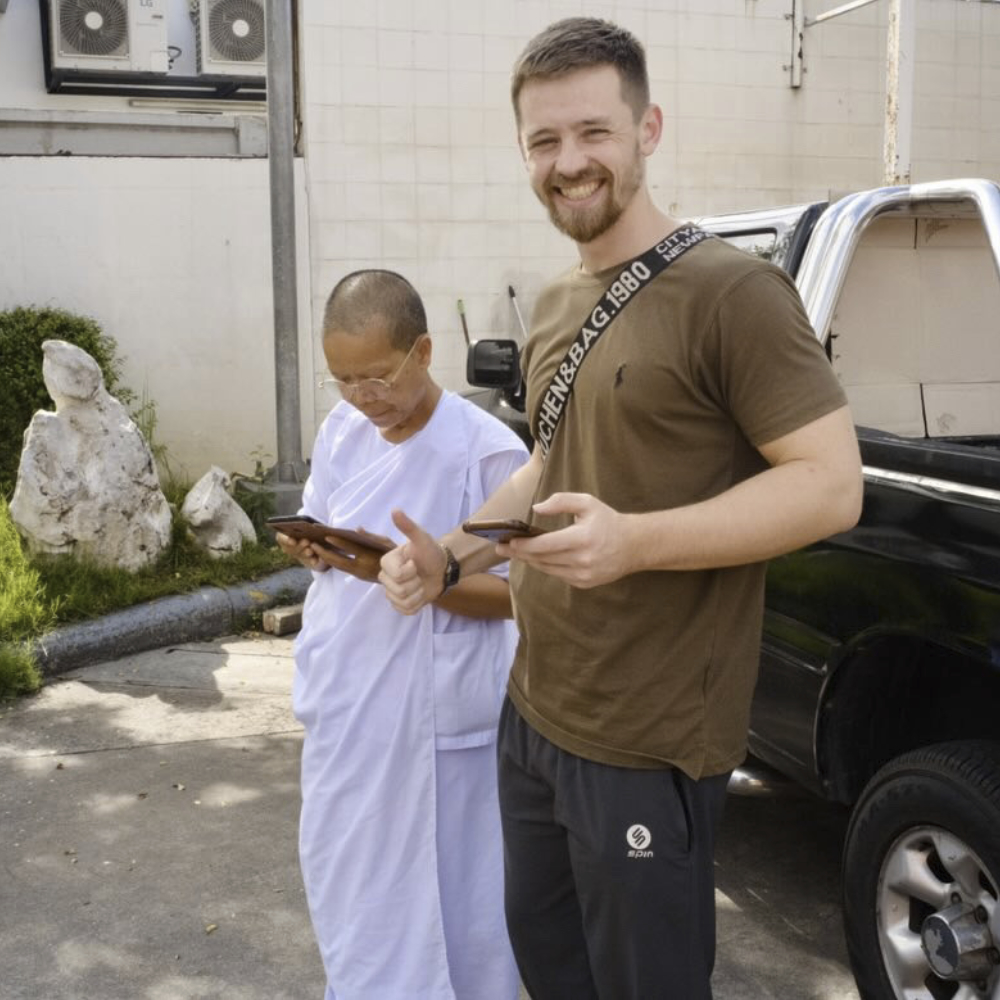
I’m Harry – and I was tired of the same old “10 best places I’ve never been but I’m writing about for some reason” blog posts. So… I’m a young traveller on a mission to travel the world and share my true, unfiltered experience, including all the gristly details. From packing my life into one bag for a year, to traveling Vietnam by motorbike, to sorting out Visas for specific countries – I’ve done it all, am doing it all and only give my advice on things I have done – not regurgitated cr*p from another source *cough* most publications *cough*. So bear with us! This project will take some time to grow, and will take a fair bit of money. But I’m determined to make it the single best source of information about traveling on the internet.
